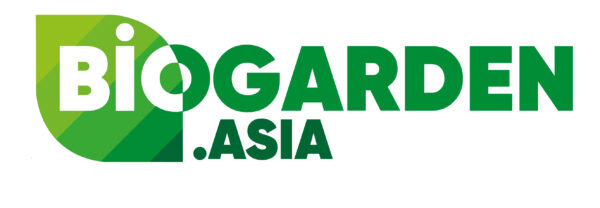No products in the cart.
NEWS
What is integrated pest management?
Integrated pest management (IPM) combines the use of biological, cultural and chemical practices to control insect pests in agricultural production.It seeks to use natural predators or parasites to control pests, using selective pesticides for backup only when pests are unable to be controlled by natural means.IPM should not be confused with organic practices.It does not discourage spraying chemicals; it promotes spraying with selective pesticides only when the crop needs it, which generally means that less pesticide is used.
Stuart Kearns, Manager of Farm Biosecurity Programs at Plant Health Australia, said: “For IPM to be effective, producers need to be familiar with the life cycle and crop thresholds of pests, and to act when pest numbers begin to impact on crop growth and cause economic damage.
”Beneficial insects are encouraged and their numbers are regularly measured using beat sheets, sweep nets, traps or vacuums.
“Patience is important. Although information about the density of insects in a field is recorded, action is only taken when pests reach a specific threshold level.
“When a spray is used, it can sometimes be confined to a particular area of the field rather than across the entire site,” said Mr Kearns.
Populations of predatory insects can build up at specific times of the season.. Over time these beneficials can build up enough numbers to reach a stable population within the local farming system.
While IPM has been around for many years it has only been adopted to varying degrees within cropping industries. Implementing an effective IPM program involves careful management of the interactions between the crop, environment, primary and secondary pests, beneficials and a lot of patience.
“IPM is included in many best management practice programs, for example myBMP for cotton producers.
“It’s is a process that may need to be changed several times within a season. It needs to be constantly evaluated and refined to maximise the benefits,” said Mr Kearns.
The model below outlines some steps for implementing and evaluating IPM practices. Making best possible use of available resources, expertise and consultants is essential in getting the balance right and reaping the rewards that an effective IPM program can deliver.
More information about IPM
Video: Integrated Pest Management (Ground Cover TV, Grains Research and Development Corporation)
Video: Beat sheet sampling (Australian Oilseeds Federation, Pulse Australia and Grains Research and Development Corporation) This presentation by Hugh Brier (Senior Entomologist, QDPI) was part of a Soybean & Pulse IPM training course provided to growers by Australian Oilseeds Federation, Pulse Australia and Grains Research and Development Corporation



